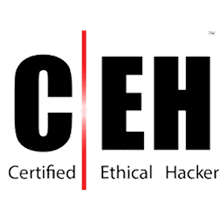Integrated Cybersecurity Solutions
for Your Business
Secur01 delivers tailored cybersecurity services for organizations with 5 to 1,000 employees. Our turnkey and customizable solutions protect your critical assets against emerging cyber threats while ensuring regulatory compliance.

Managed Cybersecurity Services and Data Protection
Our managed services support your existing IT team by taking complete charge of your cybersecurity. Our team provides 24/7 continuous monitoring of your infrastructure while a virtual CISO guides your security strategy.
24/7 proactive monitoring
Strategic direction from a vCISO
Sensitive data protection
Unlimited technical support
Professional Cybersecurity Services
Our expert team thoroughly evaluates your IT ecosystem to detect and remediate vulnerabilities before they can be exploited. We implement proactive risk management, including staff training and regular audits of your critical systems.

Vulnerability detection and remediation

Cybersecurity risk management
Incident response
Training and Awareness
Strategic Cybersecurity Consultation
Our consultants develop customized strategies to strengthen your cyber resilience. We create continuity plans tailored to your needs while ensuring regulatory compliance.
.avif)
Flexible and Scalable Service Offering
Our commitment extends beyond simple service delivery. As your trusted partner, we continuously adapt our solutions to your evolving needs. Our predictable offering includes unlimited support, allowing your team to focus on business objectives.


Operational Excellence and Technical Expertise
Our team of specialists maintains constant vigilance over new threats to ensure proactive infrastructure protection. We combine technical expertise with a deep understanding of your challenges to deploy effective solutions.
Flexible and scalable solutions
Comprehensive technical support
Personalized approach
Transparent pricing
Complete Protection of Your Digital Assets
In an environment where cyber threats constantly evolve, we deploy innovative solutions that guarantee your cyber resilience. Our integrated approach ensures business continuity while protecting your critical data.

Trust Center
Our certifications









